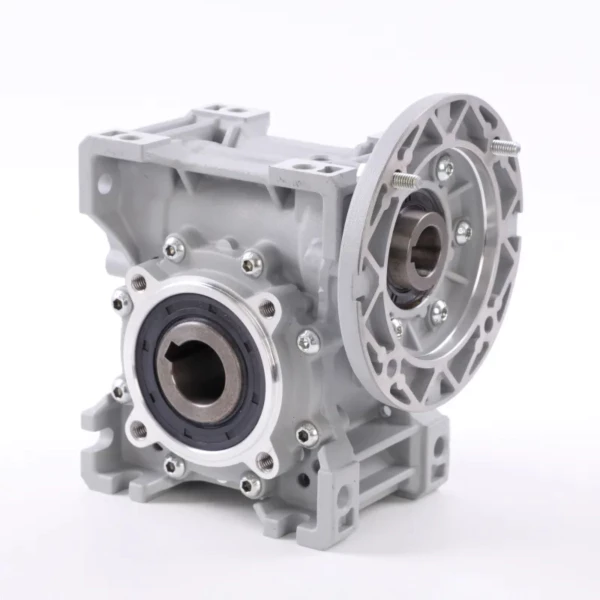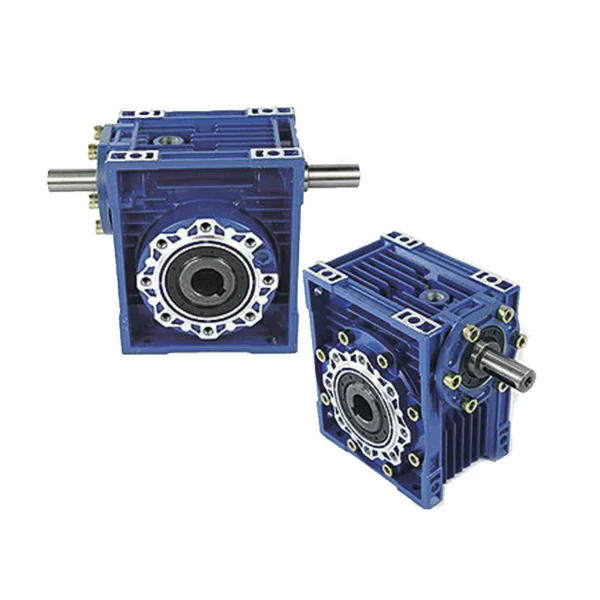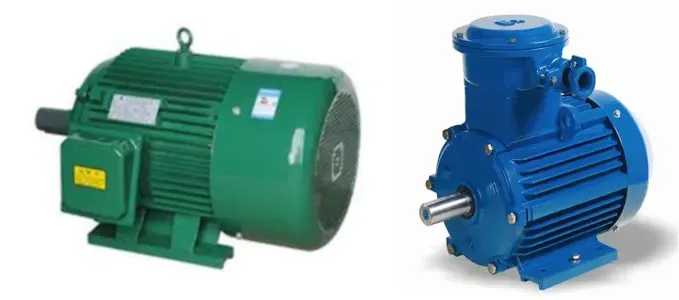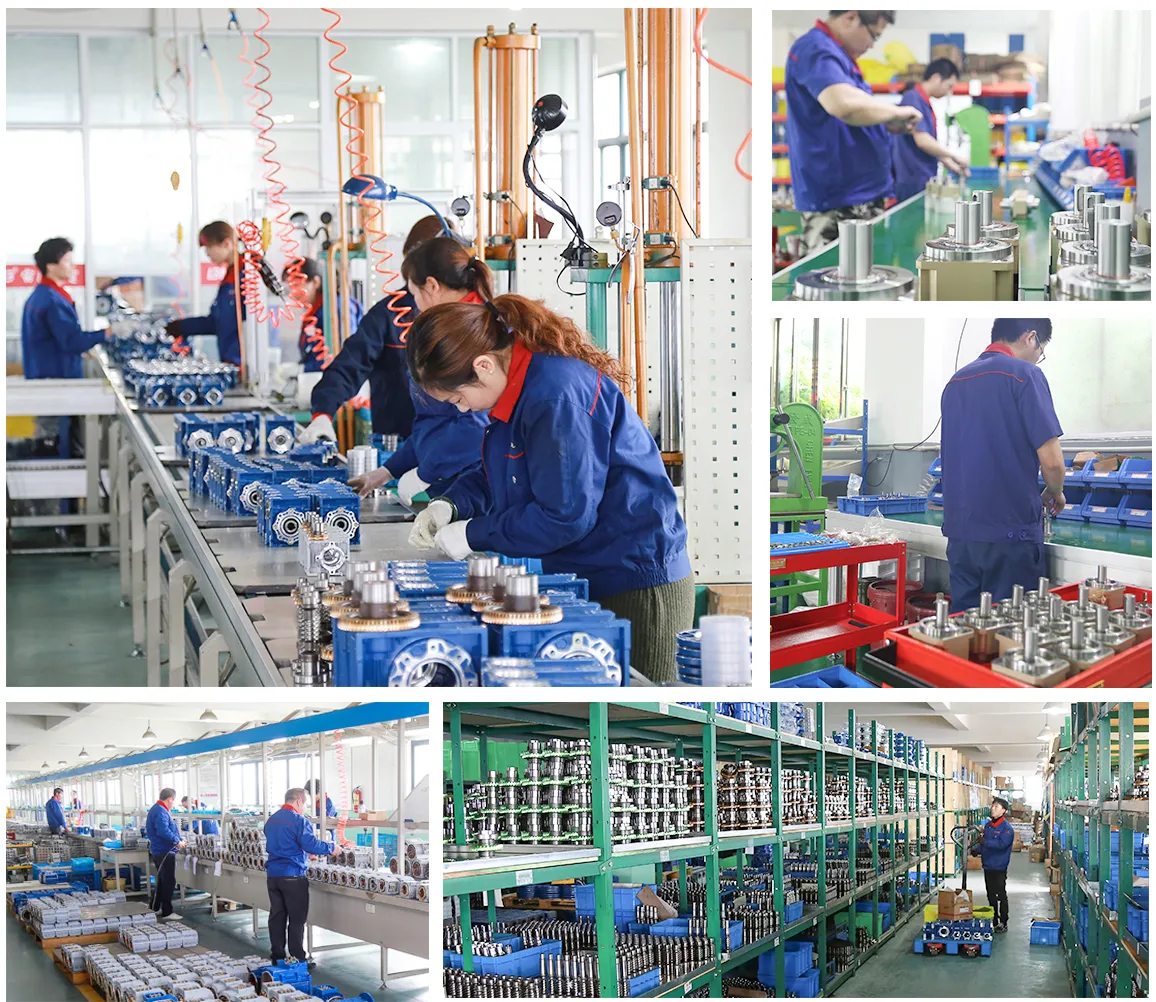Worm Gearbox for High-Definition Telescope Actuators

A worm gearbox plays an integral role in the operations of high-definition telescope actuators. The complexity of the device demands a deep understanding of its operational principles, the intricate design and the benefits it brings to telescope control systems. Let's break down the dynamics of a worm gearbox and its applications in high-definition telescope actuators.
Understanding the Concept and Role of Worm Gearbox
The worm gearbox, also known as worm drive, is a compact drive system that consists of a worm (screw) and a worm gear (similar to a spur gear). The worm's rotation drives the gear, facilitating a high torque multiplication without the need for large gears. The worm gear reducer's unique configuration enables the transmission of motion and power between nonintersecting shafts, usually at a right angle. This arrangement is vital in applications where space and weight restrictions, like in telescope actuators, require efficient power transmission.
Working Principle of the Worm Gear Reducer
The worm gear reducer operates on a simple principle. The worm, similar to a screw, meshes with the gear. As the worm turns, it drives the gear, translating the rotational motion of the worm into the gear's rotational motion. The high gear ratio means a slow but powerful rotation ideal for applications needing slow and precise movements, such as telescope actuators.
Basic Structure of a Worm Gearbox
The Worm

The worm is like a screw, and it's the first component in the worm gearbox assembly. It's typically made of hardened steel to withstand wear and tear.

The Worm Gear
The worm gear is a large diameter gear with grooves that mesh with the worm. It's usually made from a softer material like bronze for durability and noise reduction.
The Input and Output Shafts
The input shaft is connected to the power source, and it's where the rotational motion starts. The output shaft is connected to the worm gear, and it's where the rotational motion ends, driving the application.
Why Worm Gearbox is Suitable for Telescope Actuators
The worm gearbox is a perfect fit for telescope actuators due to its various benefits:
- High Torque: Worm gearboxes can handle high torque applications, making them ideal for telescope actuators that require sturdy and robust movements.
- Compact Size: The small and compact size of worm gearboxes makes them perfect for applications with limited space, like telescope actuators.
- Slow Speed: The slow rotational speed of worm gearboxes allows precise control over the telescope's movements.
- Self-Locking: The worm gearbox's self-locking feature prevents the system from back driving, ensuring the telescope stays in position.
- High Durability: The robust construction and durable materials used in worm gearboxes ensure a long lifespan, even in demanding applications like telescope actuators.
Characteristics and Advantages of Worm Gear Motor
Worm gear motors offer a range of benefits, including high torque output, compact design, self-locking capability, and quiet operation. Their versatility and efficiency make them ideal for various applications, including telescope actuators.
Choosing the Appropriate Worm Reducer
While choosing a worm reducer for telescope actuators, consider factors like torque requirements, speed, size, and operational environment. It's also essential to consider the gearbox's efficiency, durability, and maintenance requirements.
Motors for Worm Gear Reducers
Matching the right motor with a worm gear reducer is critical for optimal performance. The motor provides the initial power that the reducer then translates into the needed torque and speed. We also offer a comprehensive range of electric motors designed to work seamlessly with our worm gearboxes.

Our Worm Gearbox and Company Introduction
We are a comprehensive transmission equipment manufacturer with over 15 years of experience in the design, production, manufacture, and sales of gearboxes. Our main products, which include various types of non-standard reducers, have won the praise of the market and are widely used in industries like the equipment industry, food industry, car washing industry, packaging industry, transmission industry, automation industry, solar energy industry, and more.

Q&A
What is the primary application of worm gearboxes?
Worm gearboxes are primarily used in applications that require high torque output, precise control, and compact size, such as telescope actuators.
Why are worm gearboxes used in telescope actuators?
Worm gearboxes are used in telescope actuators because they offer high torque, precise control, compact size, and self-locking features.
What are the components of a worm gearbox?
A worm gearbox consists of a worm (screw), a worm gear (spur gear), an input shaft, and an output shaft.
Edited by Zqq.